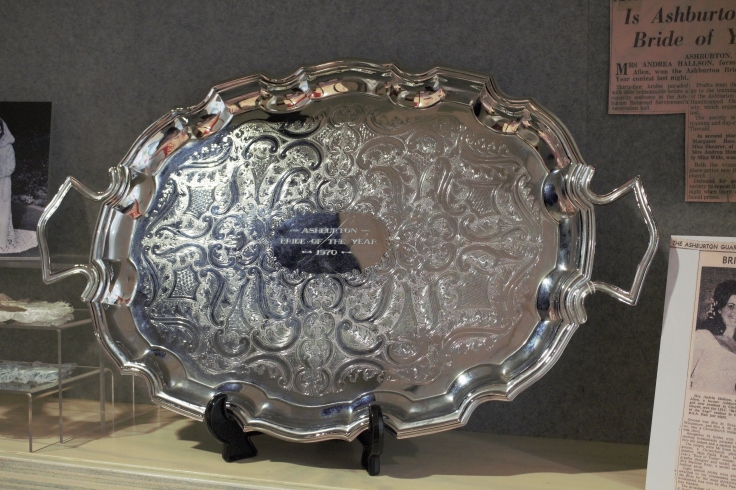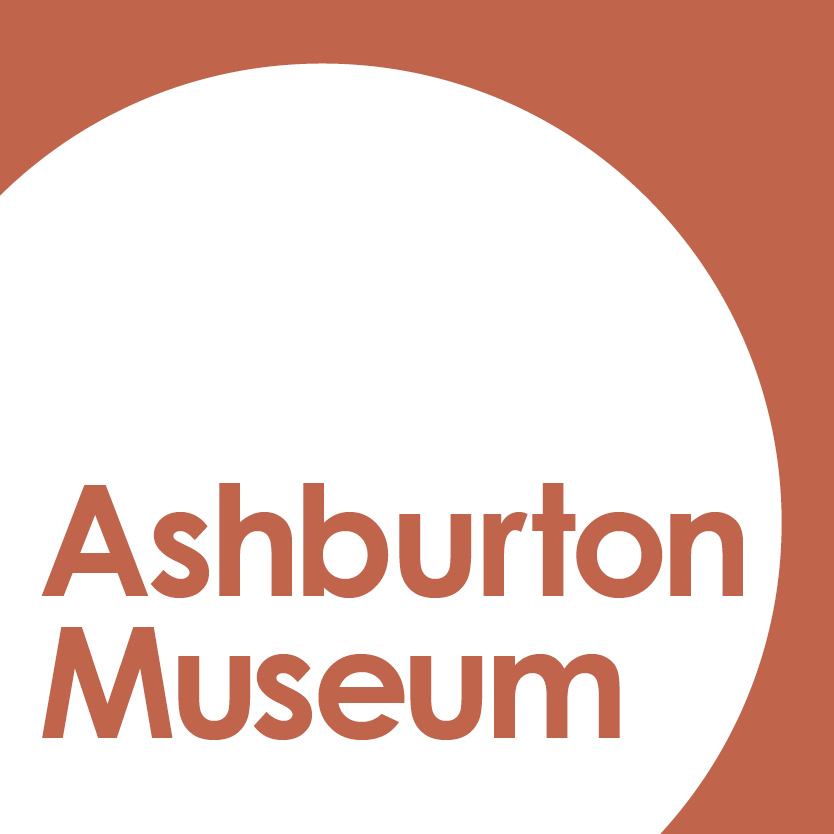Have you ever thought of how a museum collects love stories?
There are all sorts of items in museum collections that tell of love. From beautiful valentine’s cards, or letters by lovers sent during wartime, to sweetheart gifts, diaries and more. Museums can be quite romantic places.
One of the most symbolic ways that a museum collects love stories is through wedding dresses. The wedding dress is potent symbol of love, hope, and joy. They are undoubtedly also the most collected garment, perhaps rivalled in numbers only by christening gowns.
Many brides will cherish their dress as a reminder of their happy day. As a result, there must be countless wedding dresses in wardrobes, chest and drawers; and equally vast numbers in museum storerooms. Sadly, for museums such abundance is a continual challenge.

The wedding dress challenge
The problem for museums is that weddings tell a story of such a brief moment in time. A lovely treasured day, no doubt, but one that tells an almost universal story of an often young couple on the brink of their future, yet leaves the rest of their lives unrecorded.
It is often in the years after a wedding that all the remarkable things in a couple’s life occur. While full of potential, the wedding dress does little to capture these upcoming stories.
While lots of people enjoy the occasional wedding exhibition, there is no way that every garment, or every story could be told. Even in an exhibition full of wedding gowns, these beautiful garments can be reduced to eye candy, flattening out the story of the bride and partner, and the people they would become.
For these reasons, and because of their abundance, it takes an extraordinary story for a wedding dress to enter a museum collection. But occasionally, just such a story is revealed.

A wedding collection
In 2016, Ashburton Museum was offered a wedding dress by Mrs Andrea Hallson (nee Allen). What makes it special? More than a dress, it is part of a collection that tells an important story of social events, mores and norms in Ashburton, in the 1970s.
The collection includes an unusual, though at the time very contemporary, wedding gown with a hooded lace overcoat, a wedding invitation and reply cards, as well as the groom’s wedding suit, and a horseshoe and blue garter worn by the bride. There is also a booklet and newspaper clippings, and a large silver platter awarded to ‘The Bride of the Year 1970’.
From the Ashburton Guardian newspaper clippings we learn that after her wedding, Mrs Hallson was part of an event, where “34 brides paraded with their bridesmaids before a capacity audience in the Ashburton Returned Servicemen’s Association hall.” What were they doing?

Brides of the Year
Bride of the Year competitions were a popular fundraiser for many causes. Funds raised from the parade that Mrs Hallson joined went to the Ashburton Intellectually Handicapped Children’s Society, who were building a training and day care centre in Tinwald.
Demand for seats was so great that the Society had to repeat the event on a second night, with additional prizes given to the brides.
It is likely that every town and city in New Zealand had similar contests during this period. The events were an exciting opportunity for a new bride to wear her dress again, and to showcase it to others who had not been in attendance on her special day.
In the late 1960s and 1970s, New Zealand had a plentiful supply of brides as the baby boomers came of age and were married – often at quite a young age compared to today. The highest number of marriages in any year was in 1971, when 27,200 couples tied the knot in New Zealand.

Abundant marriages meant wedding conventions and fashions were well understood. These traditions – new and old – are reflected in the horseshoe and blue garter. Both were popular symbols of bridal luck during the period. They also reflected the well-known tradition of ‘something old, something new, something borrowed, something blue’ that brides aimed to carry with them down the aisle.
It obviously worked for Mr and Mrs Hallson. Today they are living happily in Perth, close to their grandchildren.
By Tanya Zoe Robinson
Captions
- The silver platter awarded to Ashburton Bride of the Year 1970, Mrs Andrea Hallson (nee Allen). Photo Anita Badger.
- Brides of the Year, from left to right, Mrs Andrea Hunter (nee Wills, third place), Mrs Andrea Hallson (nee Allen, winner), Mrs Margaret Ross (nee Shearer, second).
- Cover of Ashburton Bride of the Year 1970 programme.
- The brides who paraded in the Ashburton Bride of the Year 1970 event. Mrs Hallson is at the front centre.

Leave a comment